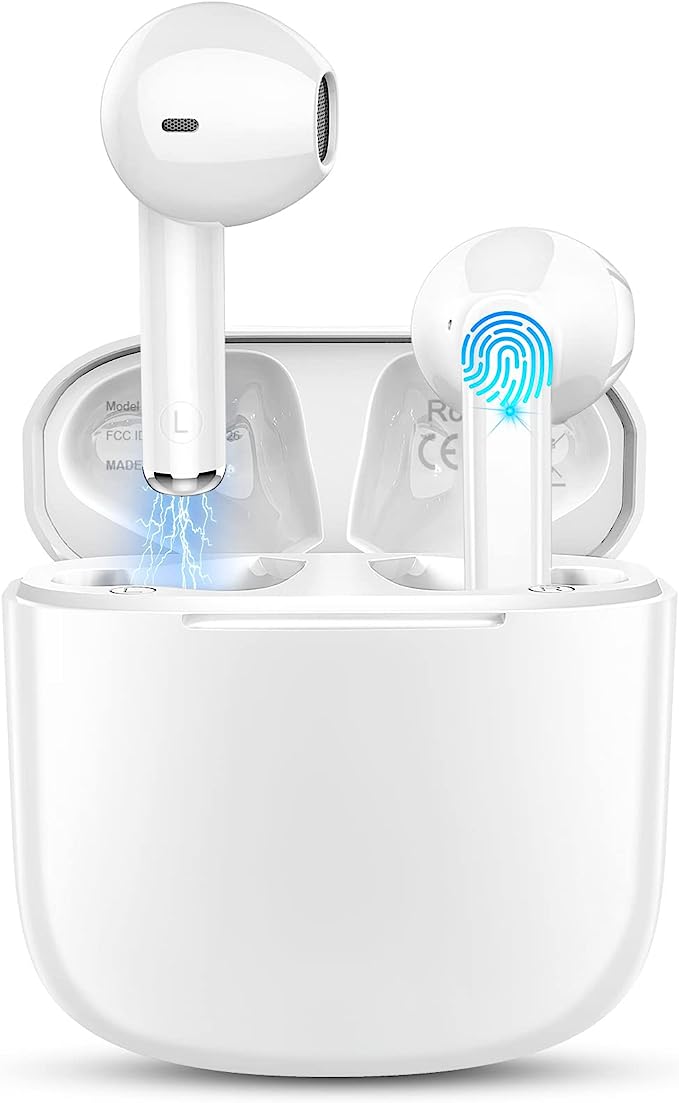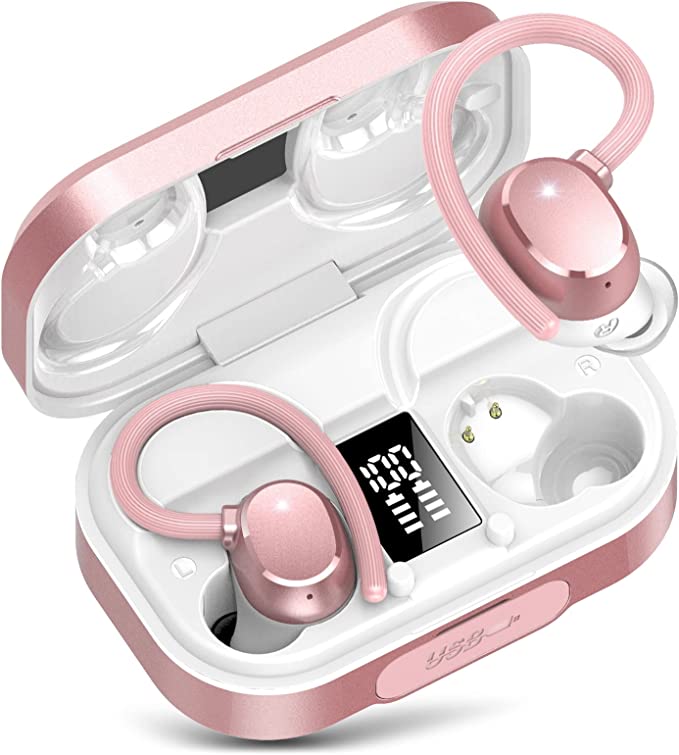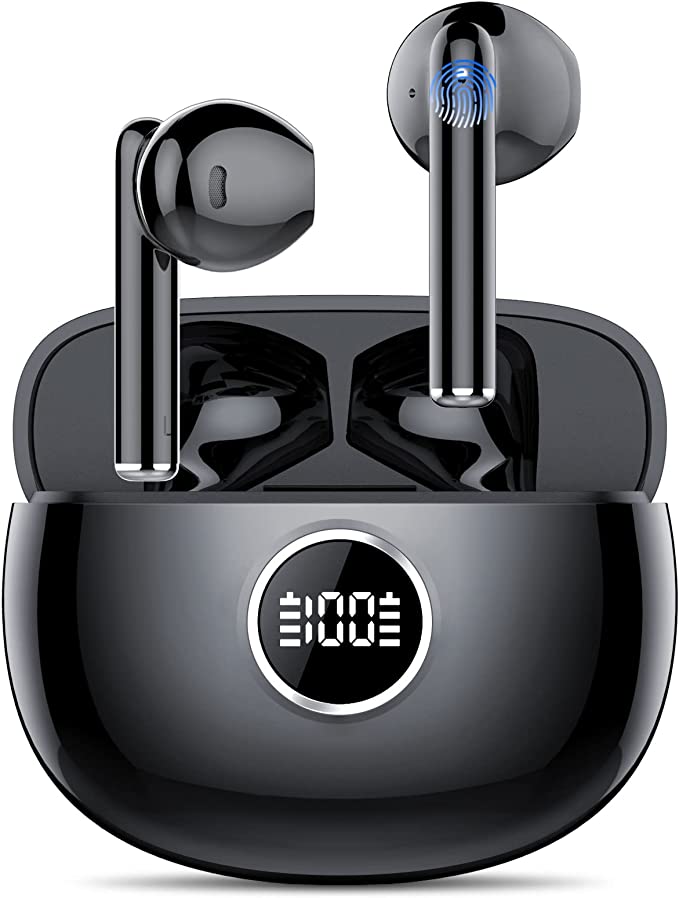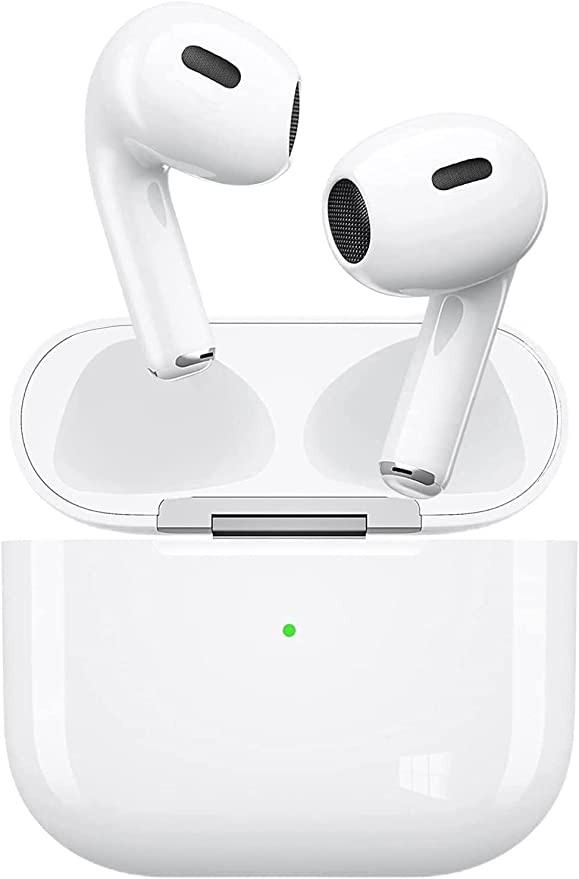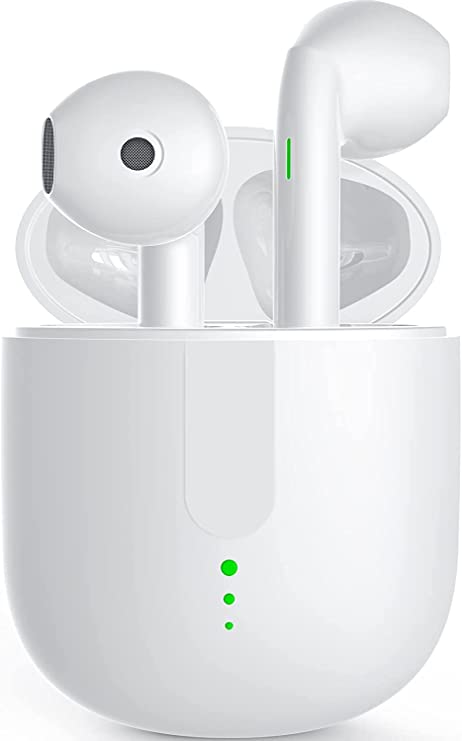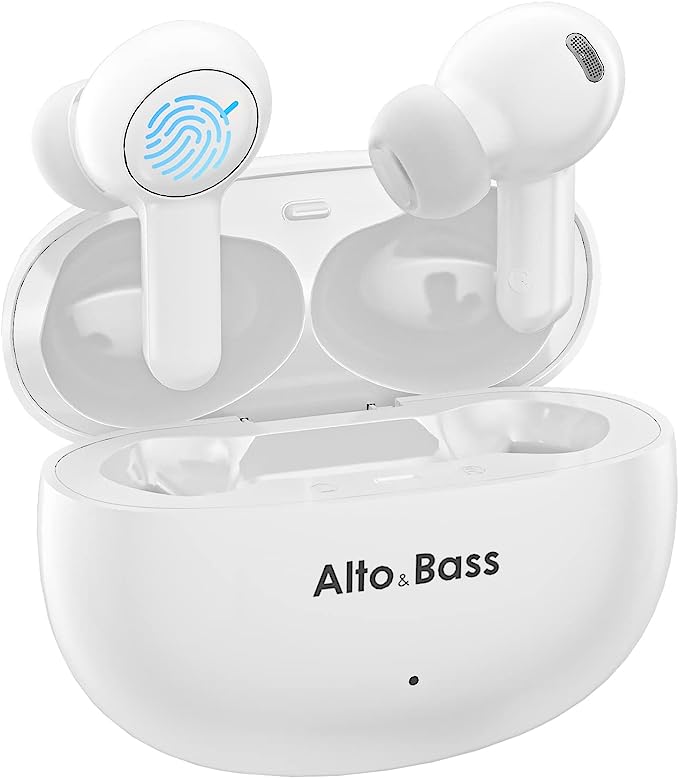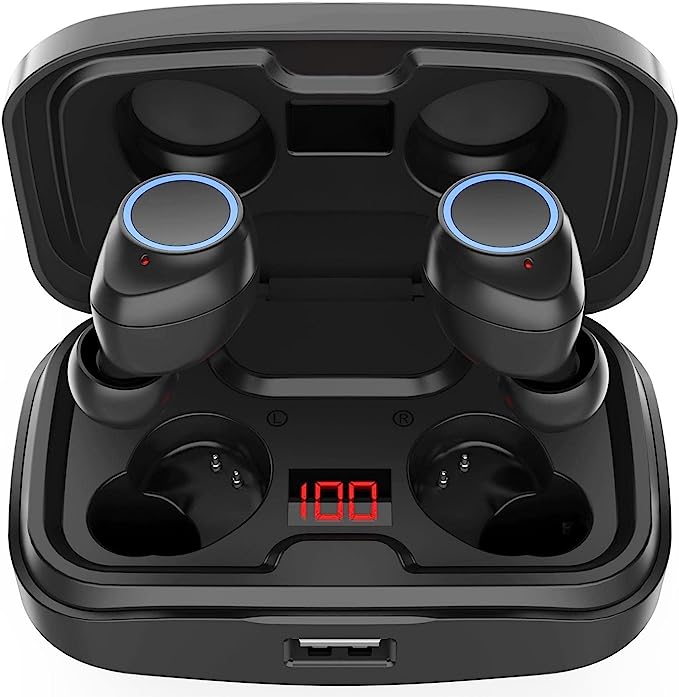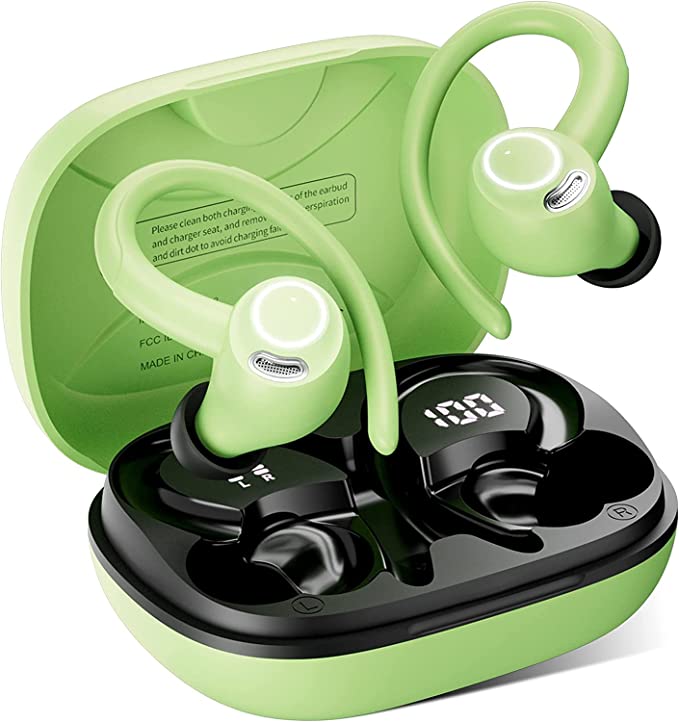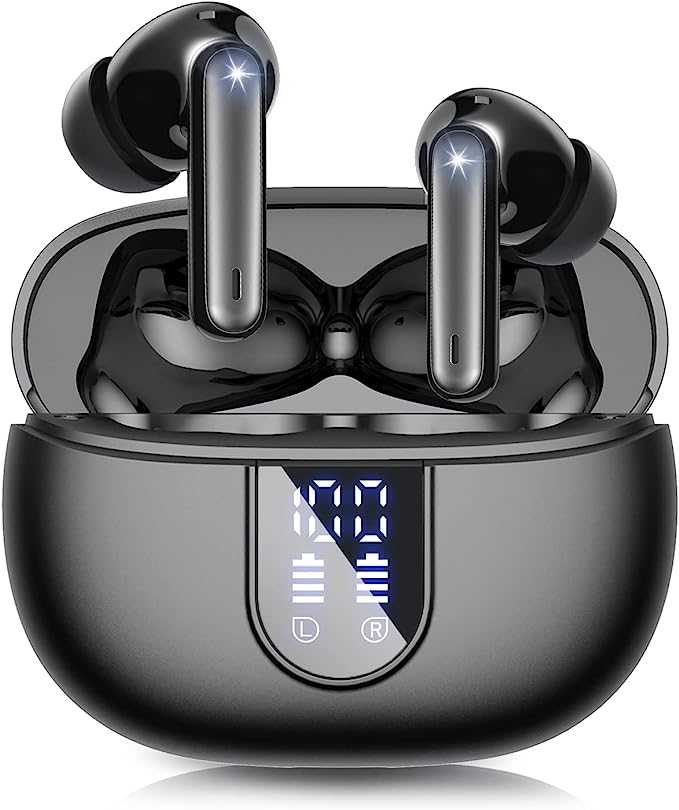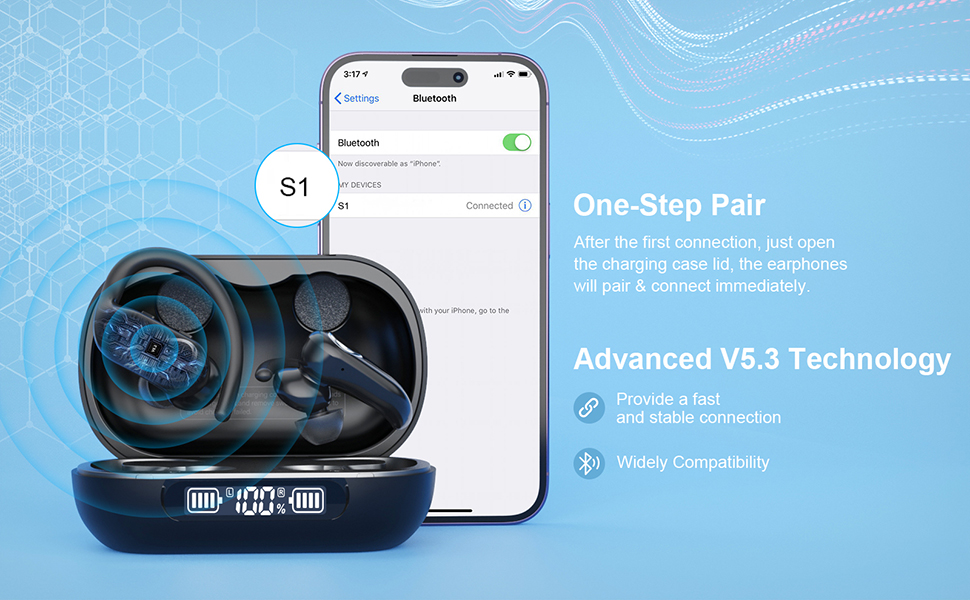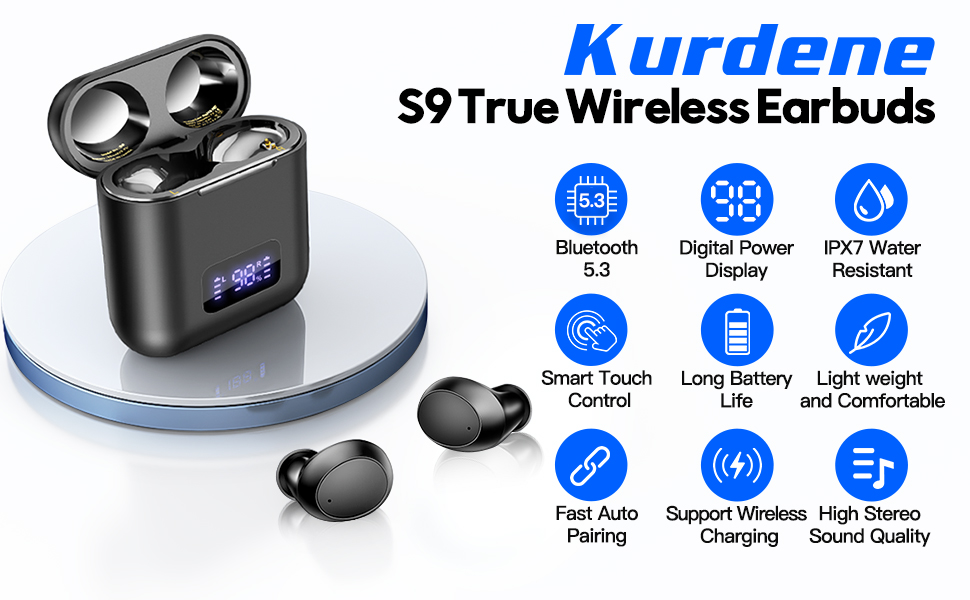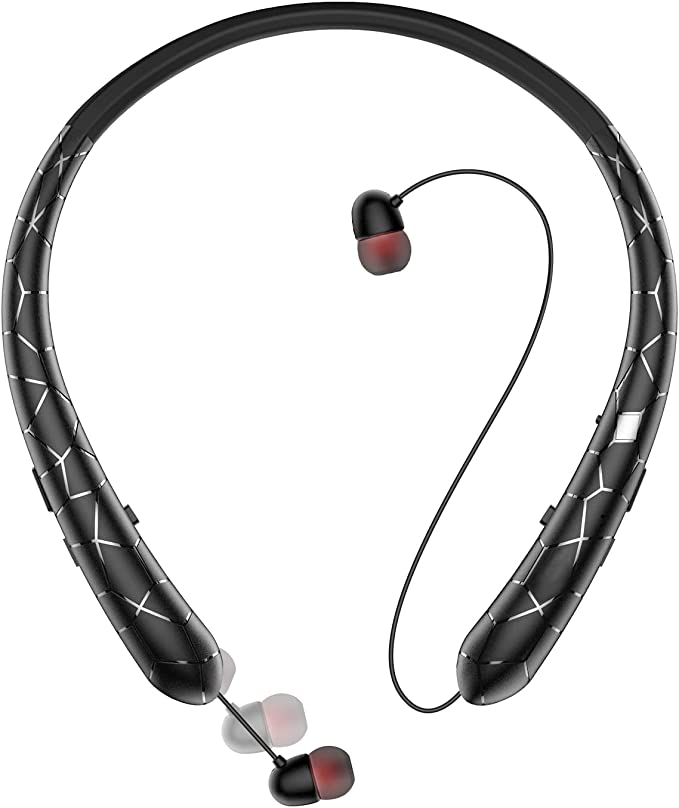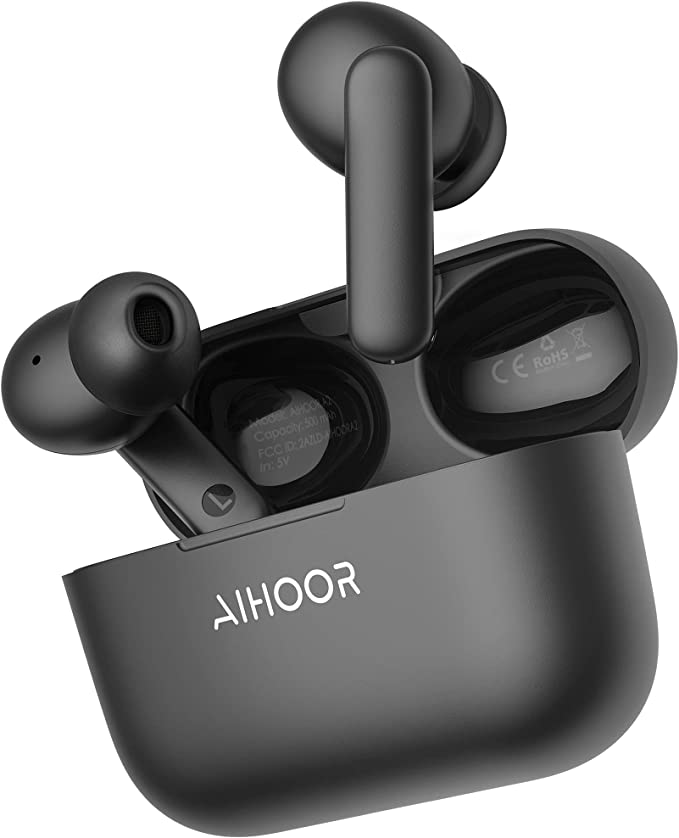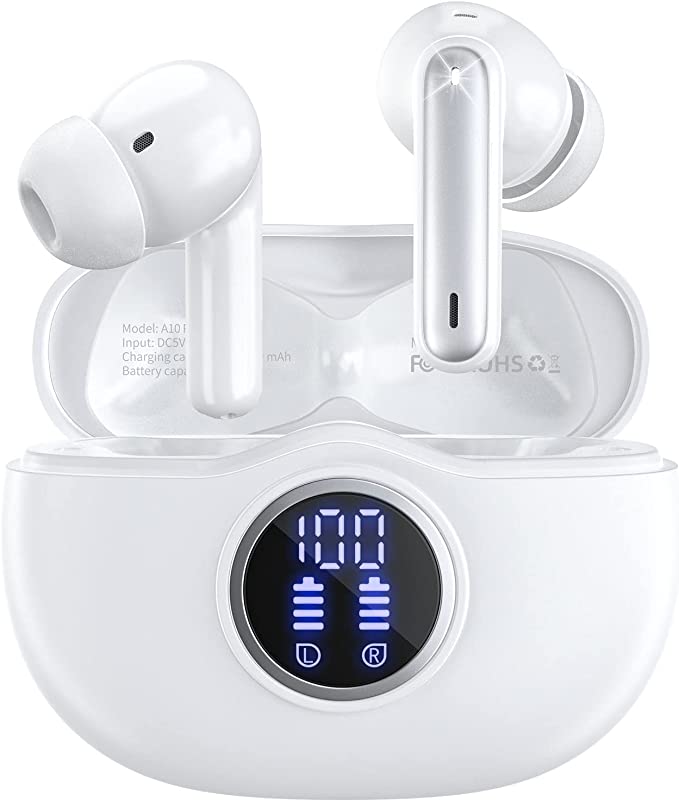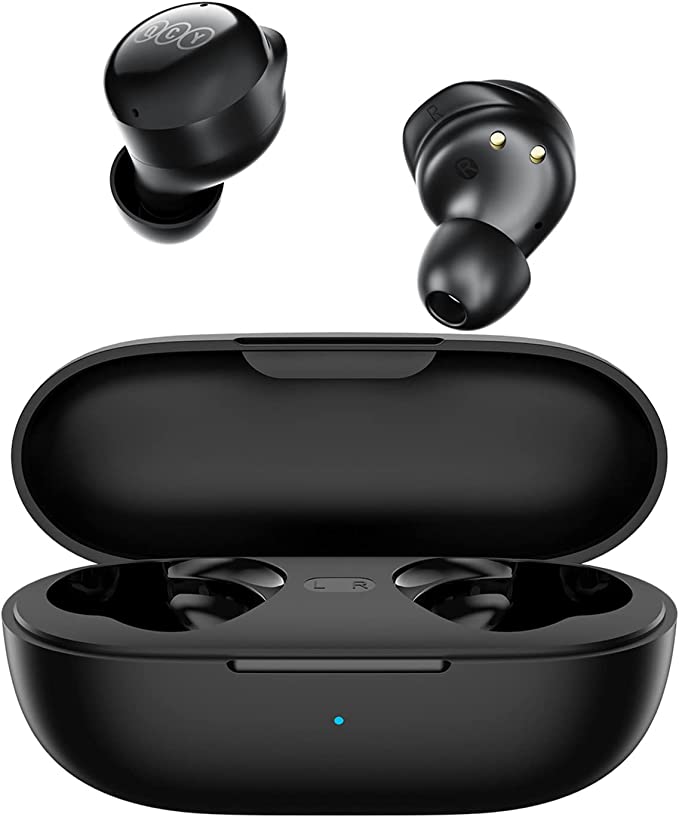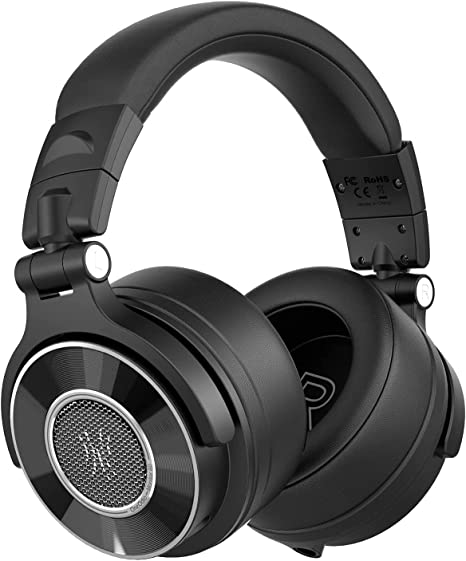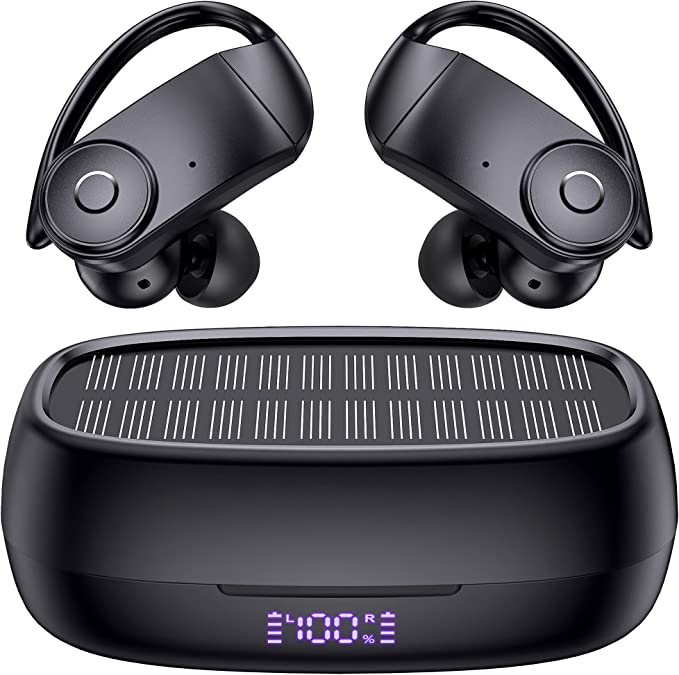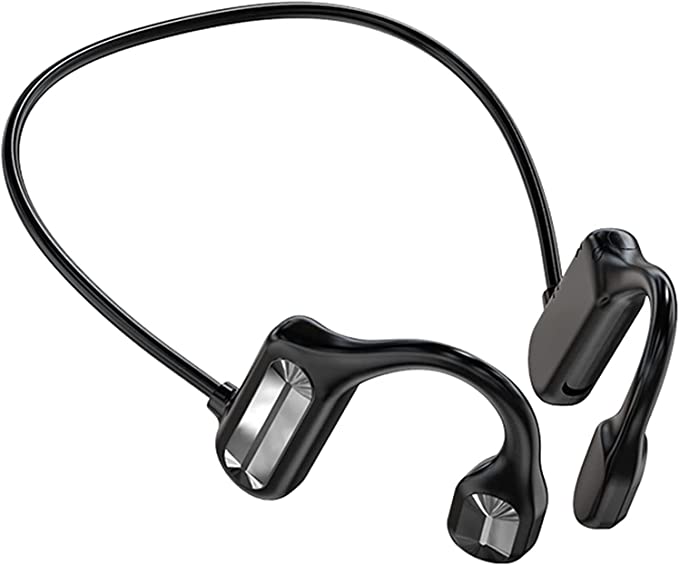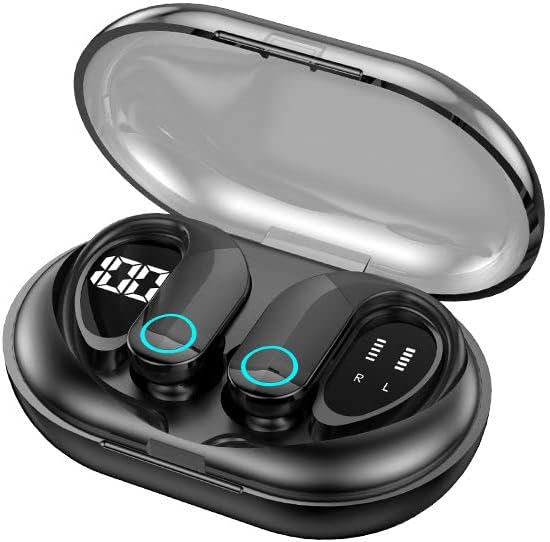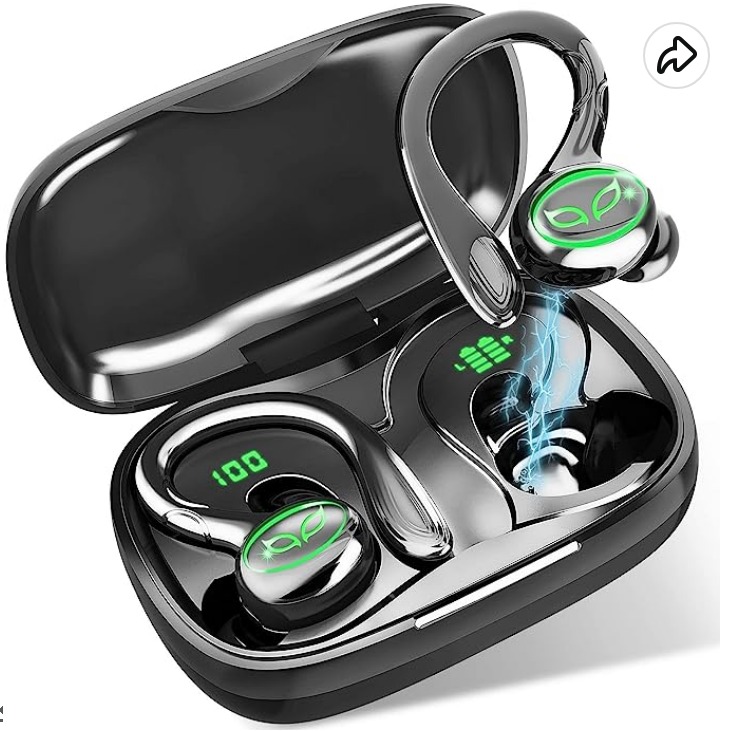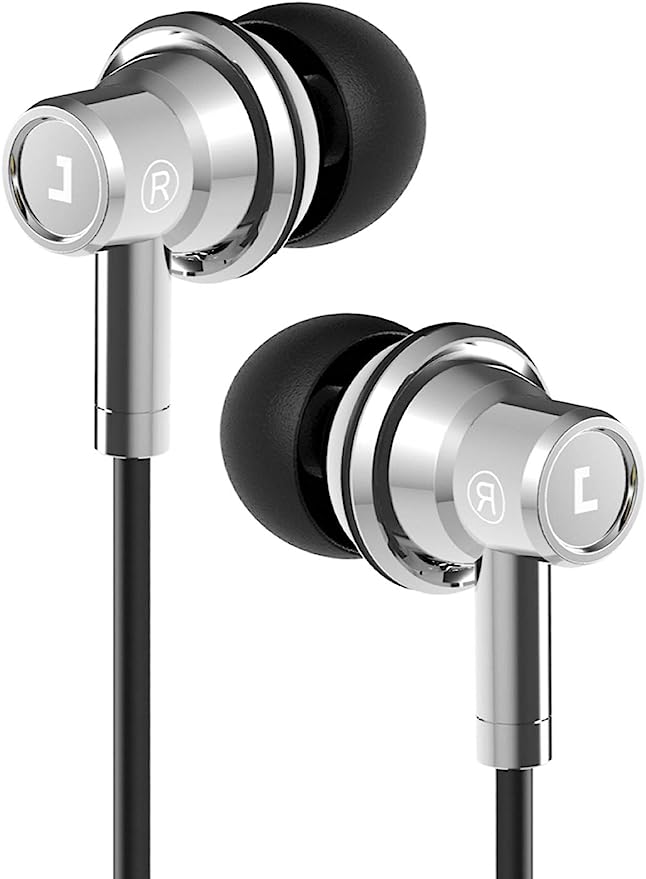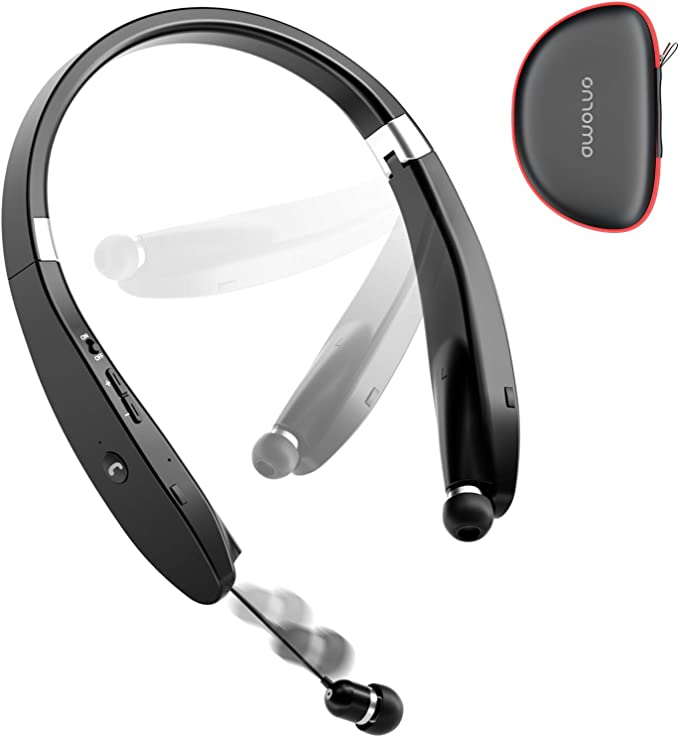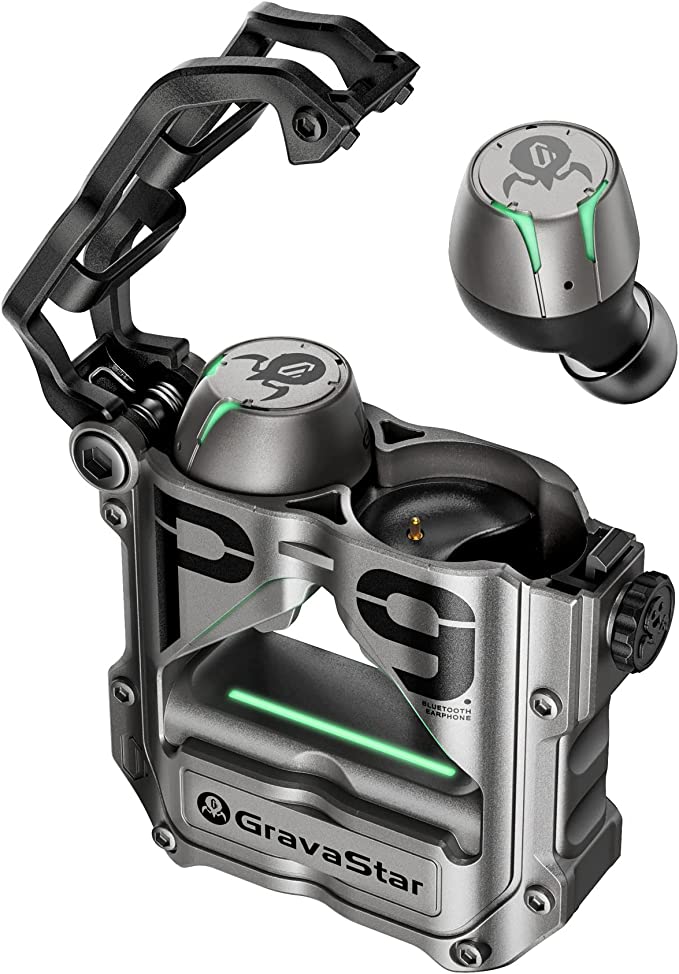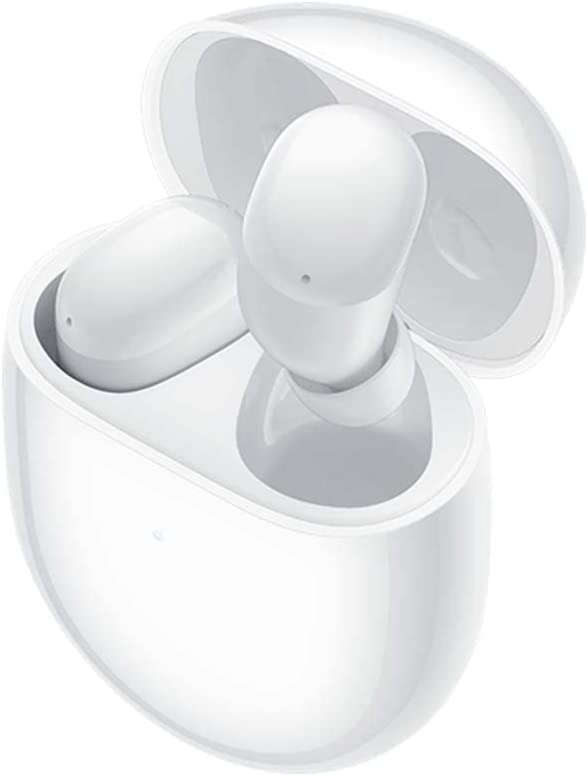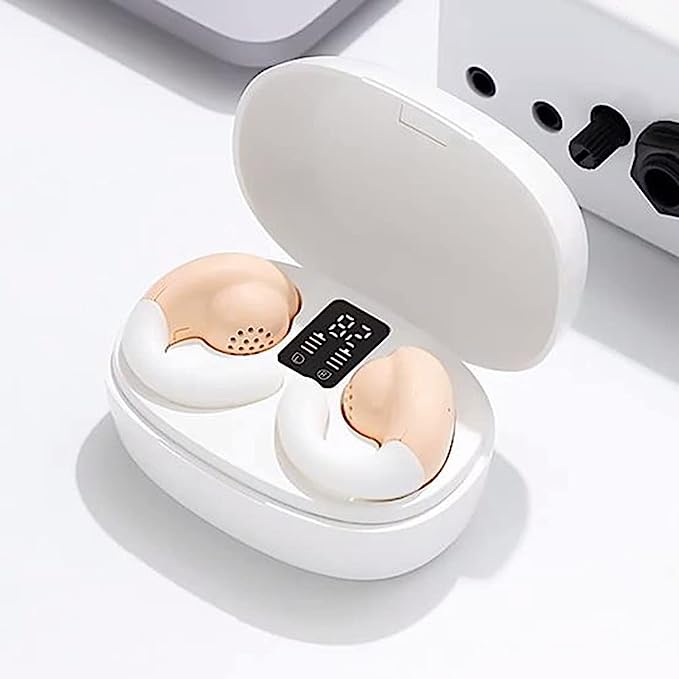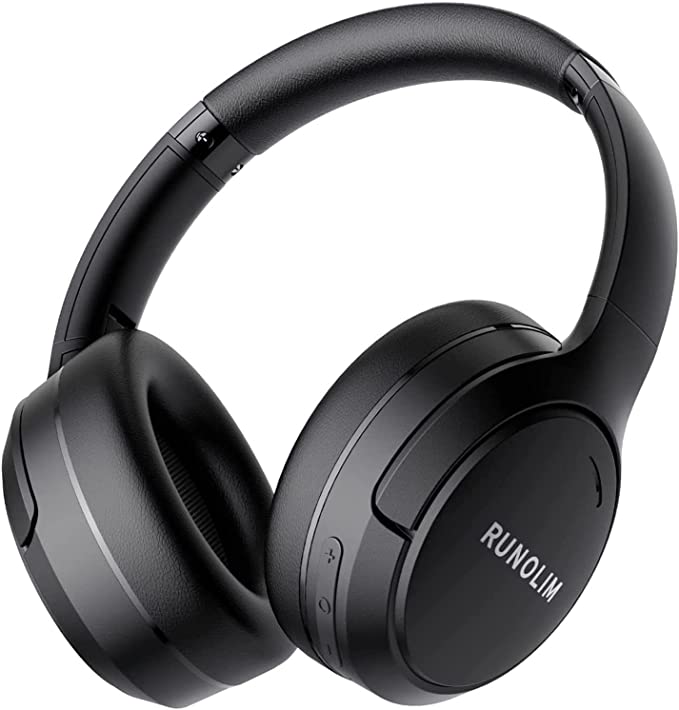What is ENC Noise Cancelling? A Guide to Budget Earbud Tech (like Bluetooth 5.3 & IPX7)
Update on Oct. 30, 2025, 9:17 a.m.
You’ve seen them. You’re browsing Amazon or another marketplace, and you find a pair of wireless earbuds for $30. The page is packed with impressive-sounding technology: “Bluetooth 5.3,” “4-Mic ENC Noise Cancelling,” “IPX7 Waterproof,” and “25H Hi-Fi Stereo Sound.”
It sounds incredible for the price. Products like the OYIB MD058A wireless earbuds list these specs right next to options costing five times as much.
This leads to the big question: Is any of it real? Or is it just marketing jargon designed to get you to click “Buy Now”?
Welcome to your official decoder guide. As your tech mentor, we’re going to cut through the hype. We’ll break down exactly what these features mean, what they actually do for you in the real world, and—most importantly—what they don’t do.
Let’s get started.
The Most Common Myth: ENC vs. ANC
This is, without a doubt, the most confusing part of shopping for budget earbuds. You see “Noise Cancelling” and immediately think of that magical “bubble of silence” you get from high-end headphones, where the roar of a plane engine or the drone of a subway car just melts away.
That magic is called Active Noise Cancellation (ANC). And your $30 earbuds do not have it.
Let’s make this crystal clear.
- Active Noise Cancellation (ANC): This is for YOU, the listener. It uses sophisticated microphones on the outside of the earbud to listen to the world around you, and then it generates an “anti-sound” wave to erase that noise before it ever reaches your ear. This is a complex, battery-intensive, and expensive technology.
- Environmental Noise Cancellation (ENC): This is for THEM, the person you are calling. Its only job is to make your voice sound clearer during a phone call, even if you’re in a noisy place.
When a product like the OYIB MD058A advertises “ENC Noise Cancelling,” it’s not lying. It’s just describing a feature that benefits your caller, not your listening experience. You will still hear the bus, the office chatter, or the noisy gym around you.
So, how does ENC actually work?
How “4-Mic Clear Call” Tech Really Works
This is where the “4-Mic” part of the specification comes in. It’s not just a bigger number; it’s the engine that makes ENC possible.
Let’s use the OYIB MD058A as our classroom example. Each earbud has two microphones built into it, for a total of four.

Here’s a simplified breakdown of what happens when you make a call in a noisy coffee shop:
- Mic 1 (Your Voice): One microphone on each earbud is aimed down your cheek, primarily focused on capturing your voice.
- Mic 2 (The Environment): The second microphone is aimed outward, listening to all the background noise—the espresso machine, the music, the chatter.
- The “ENC” Chip: A tiny processor inside the earbud (the Digital Signal Processor, or DSP) performs a clever trick. It takes the sound from Mic 2 (the noise) and digitally “subtracts” it from the sound in Mic 1 (your voice + the noise).
The Result: The person on the other end of the line hears a much cleaner, isolated version of your voice. The background “environment” noise has been cancelled for them.
So, when you see “4-Mic ENC Clear Call,” you should translate that in your head to: “These have pretty good call quality for the price.” It’s a fantastic feature to have, especially for remote work or taking calls on the go. It is not a feature for your own silent listening.

Does Bluetooth 5.3 Really Matter?
Next up on the spec sheet: Bluetooth 5.3. The original article on this topic would have bored you with the history of 10th-century Viking kings (that’s truly where the name comes from!).
Let’s skip that. For you, the user, here’s what 5.3 actually means.
It’s not about “faster” music or “higher-fidelity” sound. Your music files are small, and even older Bluetooth versions could handle them.
The jump from Bluetooth 5.0 to 5.3 is all about stability and efficiency.
- Why Stability Matters: Remember using older Bluetooth headphones and walking through a crowded train station? The sound would cut out, stutter, and drop. This is because dozens of other devices were all competing for the same airwaves. Bluetooth 5.3 is much smarter about finding clear channels and avoiding interference. This means a rock-solid connection, fewer dropouts, and less frustration.
- Why Efficiency Matters: This is the big one. Bluetooth 5.3 (and its related “Low Energy” or LE audio profile) is incredibly good at sipping power. This is the entire reason a tiny battery in an earbud can last 5 hours, and a small charging case can provide another 20-25 hours of playback. The chip is just smarter, sleeping when it’s not needed and using minimal energy when it is.
- Low Latency (Bonus!): It also reduces that annoying lag when you’re watching a video or playing a game. With older tech, you’d see someone’s lips move before you heard the sound. Bluetooth 5.3 helps keep the audio and video in sync.
So, yes, seeing Bluetooth 5.3 on a budget earbud is a very good sign. It means the manufacturer is using a modern, reliable chip.

The “Peace of Mind” Spec: What IPX7 Waterproof Really Means
Finally, let’s look at that “IPX7” rating. This one is simple, but often misunderstood.
“IP” stands for “Ingress Protection.” It’s a universal standard for how resistant a device is to dust and water.
- The “X”: The “X” just means it hasn’t been rated for dust protection. For earbuds, this is totally fine. It’s not a feature you need.
- The “7”: This is the number you care about. It’s the water-protection rating. An “IPX7” rating means the device is certified to survive being submerged in 1 meter (about 3.3 feet) of fresh water for up to 30 minutes.
Now, what does this practically mean for you?
It does NOT mean “Go swimming with them.” The rating is for fresh water, and the pressure of swimming strokes can force water past the seals.
It DOES mean “Peace of Mind.” * It is sweat-proof. You can wear them for the most intense workout or run without a single worry. * It is rain-proof. Getting caught in a downpour is no problem. * It is “Oops-proof.” If you accidentally drop an earbud in a puddle, a sink, or (let’s be honest) the toilet, you can just rinse it off, let it dry, and it should work perfectly fine.
For a product advertised as “Running Headphones for Workout,” an IPX7 rating is exactly what you want to see. It’s a genuine, valuable feature that protects your purchase.

Your New Decoder: Putting It All Together
So, let’s look at that product page again with our new “mentor” knowledge.
When you see a budget-friendly earbud like the OYIB MD058A with these specs, you can now translate them instantly:
- “Bluetooth 5.3” -> “A modern, stable connection with good battery life and low video lag.”
- “4-Mic ENC Noise Cancelling” -> “Good call quality. The person I’m calling won’t hear all my background noise.” (It does not mean silent listening for me).
- “IPX7 Waterproof” -> “Totally safe for sweat, rain, and accidental drops in water.”
- “LED Display” -> “A simple, useful feature so I don’t have to guess the battery level.”
- “Touch Control” -> “I can tap the earbud to play/pause or answer calls instead of pulling out my phone.”
You don’t need to spend $250 to get technology that makes your life easier. The tech in these budget-friendly earbuds isn’t “fake”—it’s just highly focused. It solves specific, everyday problems.
Now you’re not just a shopper; you’re an informed user.
